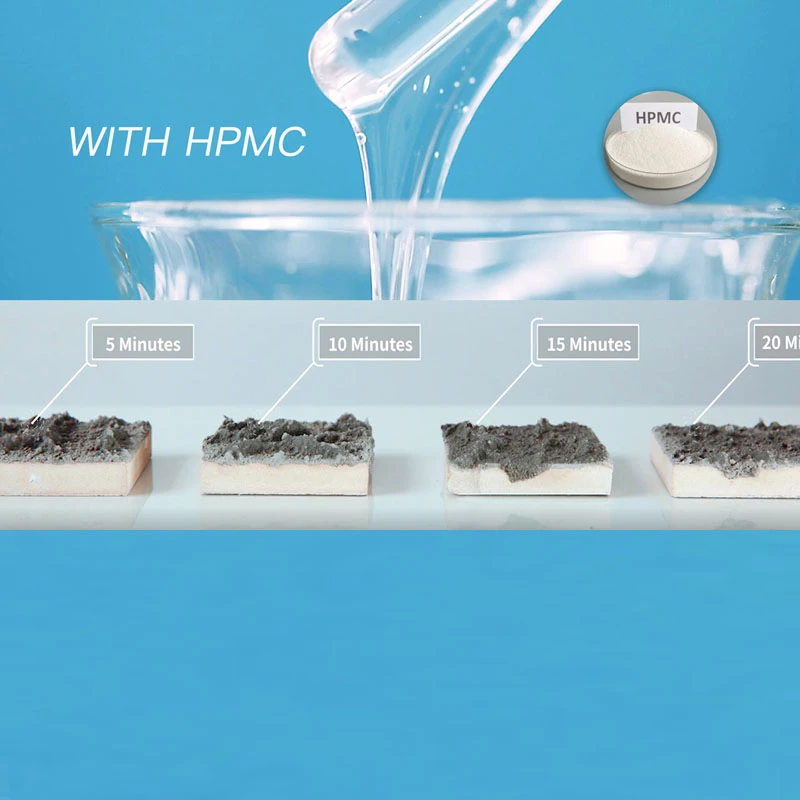Understanding China HPMC An Overview of Hydroxypropyl Methylcellulose
Hydroxypropyl Methylcellulose (HPMC) is a versatile cellulose ether derived from natural cellulose. It is widely used in various industries due to its unique properties, such as water solubility, thickening, film-forming, and stabilizing capabilities. China, being a leading manufacturer and consumer of HPMC, plays a significant role in the global market for this essential polymer. In this article, we will explore the characteristics, applications, and market dynamics of HPMC in China.
Characteristics of HPMC
HPMC is produced through a chemical modification process that involves the etherification of cellulose obtained from wood pulp or cotton. The resultant product is a white, odorless powder that is soluble in cold water. The solubility of HPMC is influenced by its molecular weight and the degree of substitution of hydroxypropyl and methoxy groups. These factors determine the viscosity and gel-forming properties of the compound, making it suitable for various applications.
One of the most notable characteristics of HPMC is its versatility. It can form films, act as a binder, and function as a thickening agent, which makes it an essential ingredient in many formulations. Additionally, HPMC is a non-ionic compound, meaning it does not interact with other ionic substances, making it particularly useful in sensitive applications.
Applications of HPMC
The applications of HPMC are extensive and can be categorized into several sectors
1. Pharmaceuticals HPMC is widely used in the pharmaceutical industry as a binder in tablet formulations and as a coating agent. Its ability to control drug release makes it invaluable in designing controlled-release formulations. Moreover, it is utilized in the preparation of eye drops and other medicinal solutions due to its biocompatibility and viscosity-enhancing properties.
2. Food Industry In the food industry, HPMC is recognized for its role as a thickening agent, emulsifier, and stabilizer. It is commonly used in food products like sauces, dressings, and ice creams to improve texture and extend shelf life. Its status as a food additive (E464) ensures its safety for consumption.
china hpmc

3. Construction In the construction industry, HPMC is an important component in cement-based products, such as mortars and plaster. It enhances workability, water retention, and adhesion, thereby improving the overall quality and durability of construction materials.
4. Cosmetics and Personal Care HPMC is also prevalent in the cosmetics sector, where it serves as a thickener, emulsifier, and film-forming agent. It is found in a variety of personal care products, including lotions, creams, and hair gels.
Market Dynamics in China
China is one of the largest producers and consumers of HPMC globally. The country’s extensive manufacturing capabilities, coupled with a robust chemical industry, have positioned it as a key player in the HPMC market. The demand for HPMC in various sectors continues to rise, driven by growing construction activities, increasing healthcare needs, and the expansion of the food processing industry.
The Chinese government has also implemented favorable policies to support the chemical industry, which further strengthens the HPMC market. However, the industry is not without challenges. Environmental regulations and the need for sustainable practices are prompting manufacturers to innovate and adopt greener production methods.
Moreover, as consumer preferences shift towards natural and organic products, there is an increasing demand for plant-derived HPMC alternatives, which may impact the traditional cellulose sources used in HPMC production.
Conclusion
In conclusion, Hydroxypropyl Methylcellulose is an indispensable material across various industries, with China playing a pivotal role in its production and application. Its unique properties enable it to serve diverse functions in pharmaceuticals, food processing, construction, and cosmetics. As the market continues to evolve, navigating challenges and embracing innovation will be crucial for the sustained growth of the HPMC sector in China and beyond. Understanding these dynamics will provide valuable insights for businesses and stakeholders engaged in the HPMC supply chain.






